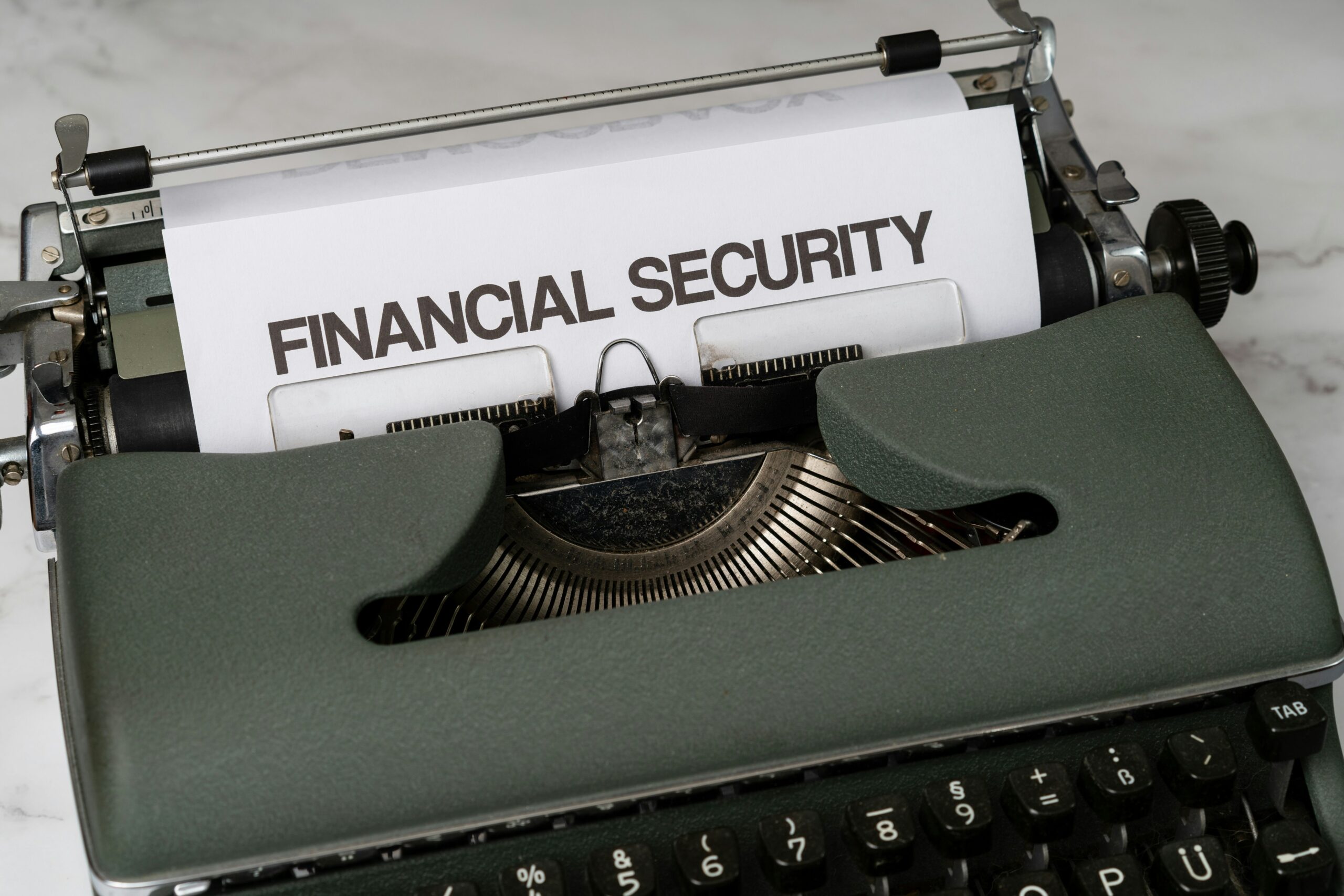
Securities fraud can threaten the financial well-being of individual investors and institutions alike. By understanding how deceptive schemes operate and adopting proactive measures, you can protect your assets from unscrupulous actors. This article highlights key warning signs, research techniques, and practical safeguards to help you spot and avoid securities fraud.
Recognizing Red Flags
One of the most effective ways to guard against securities fraud is to learn the common warning signs. Beware of unsolicited offers promising unusually high returns with little or no risk. Fraudsters often use aggressive sales tactics—pressuring you to act immediately or suggesting that an opportunity is only available for a limited time. Vague or overly complex explanations about how profits are generated can also signal deception. Additionally, pay attention to missing or inconsistent documentation. Legitimate firms provide clear prospectuses, audited financial statements, and transparent fee schedules. If key details are omitted or the numbers don’t add up, proceed cautiously.
Conducting Diligent Research
Before investing, take the time to verify the credentials of the firm and the individuals involved. Check registration records through the U.S. Securities and Exchange Commission (SEC) or the Financial Industry Regulatory Authority (FINRA). These databases list registered brokers, investment advisers, public companies, and any disciplinary actions. Reading independent analyst reports and reputable financial news sources can offer unbiased perspectives on an investment’s viability. It’s also wise to consult with a qualified financial professional under a fiduciary duty, meaning they are legally required to act in your best interest. Comparing multiple sources and seeking second opinions reduces the risk of falling victim to well-crafted cons.
Implementing Safeguards
Once you’ve verified an opportunity, put additional safeguards in place. Diversify your portfolio across different asset classes and sectors to limit exposure if one investment proves fraudulent. Set clear thresholds for how much you’ll invest in any single asset. Use “stop-loss” orders or similar mechanisms to automatically exit positions that drop below a predetermined value. Regularly review your account statements and trade confirmations for unauthorized transactions. If you spot unfamiliar charges or holdings, report them immediately to your brokerage and regulators. Finally, maintain open communication with your financial adviser—discuss any concerns or unusual market activity you notice so they can help you respond swiftly.
Fraud prevention doesn’t end once you’ve made an initial investment. Market conditions change, and new schemes emerge constantly. Stay informed by subscribing to alerts from the SEC’s Office of Investor Education and Advocacy or FINRA’s Investor Education Foundation. Attend webinars and read educational materials that explain evolving tactics like pump-and-dump schemes in penny stocks or fraudulent offerings tied to cryptocurrencies. Remaining vigilant and continually refreshing your knowledge will strengthen your ability to detect deceptive practices early.
In today’s fast-paced financial markets, fraudsters exploit human psychology and technological tools. By learning to recognize red flags, conducting thorough research, and establishing strong safeguards, you can confidently navigate investments. Protecting yourself against securities fraud is an ongoing process that rewards those who stay alert, ask tough questions, and demand complete transparency before parting with their money.